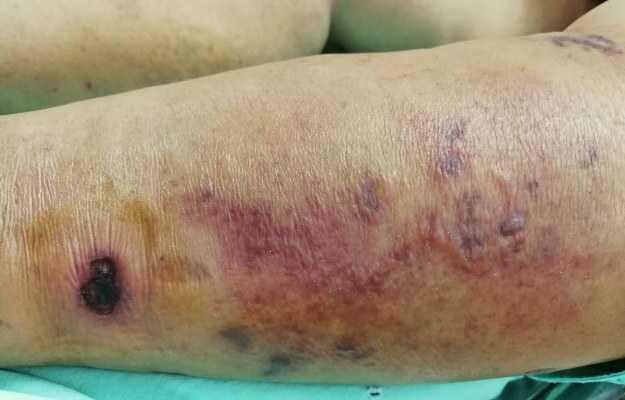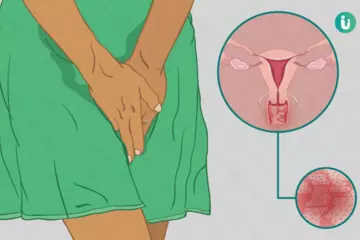Necrotizing fasciitis is a rare but potentially lethal bacterial infection that affects soft tissue all over the body—mainly skin tissue, the tissue just beneath the skin and the muscle fascia.
The infection-causing bacteria can enter the body through small cuts, bruises, even an injection site, and can spread rapidly. This causes widespread inflammation and may lead to toxic shock syndrome and multiple organ failure if not diagnosed and treated quickly enough.
"Necrotizing" means causing death and "fascia" is tissue located under the skin, and around the muscles, nerves and blood vessels. Necrotizing fasciitis is sometimes known as "flesh eating disease" since it infects and kills surrounding tissue as well.
Necrotizing fasciitis can be caused by many different bacteria, but it is often caused by Streptococcus aureus or Streptococcus pyogenes.
It is difficult to diagnose since initial symptoms are general and vague. There may be fever, fatigue, diarrhoea, dizziness, and redness, swelling and severe pain. The infection travels quickly and antibiotic intervention is required right away. Sometimes the affected area will need to be amputated or substantially removed to stop the spread of infection in the body. Unfortunately, one to two out of five cases are fatal.
The infection can strike anyone; however, those with diabetes, kidney disease, cirrhosis of the liver and cancer are at higher risk. Those who abuse alcohol (alcoholism) and intravenous drugs (drug abuse) are also more likely to get the infection. The best prevention is good wound management and strict personal hygiene such as regularly washing hands.

 Doctors for Necrotizing Fasciitis (flesh-eating disease)
Doctors for Necrotizing Fasciitis (flesh-eating disease) 



































